Elevating Design Visualizations
From Product & Packaging Renderings to Photorealistic Experiences
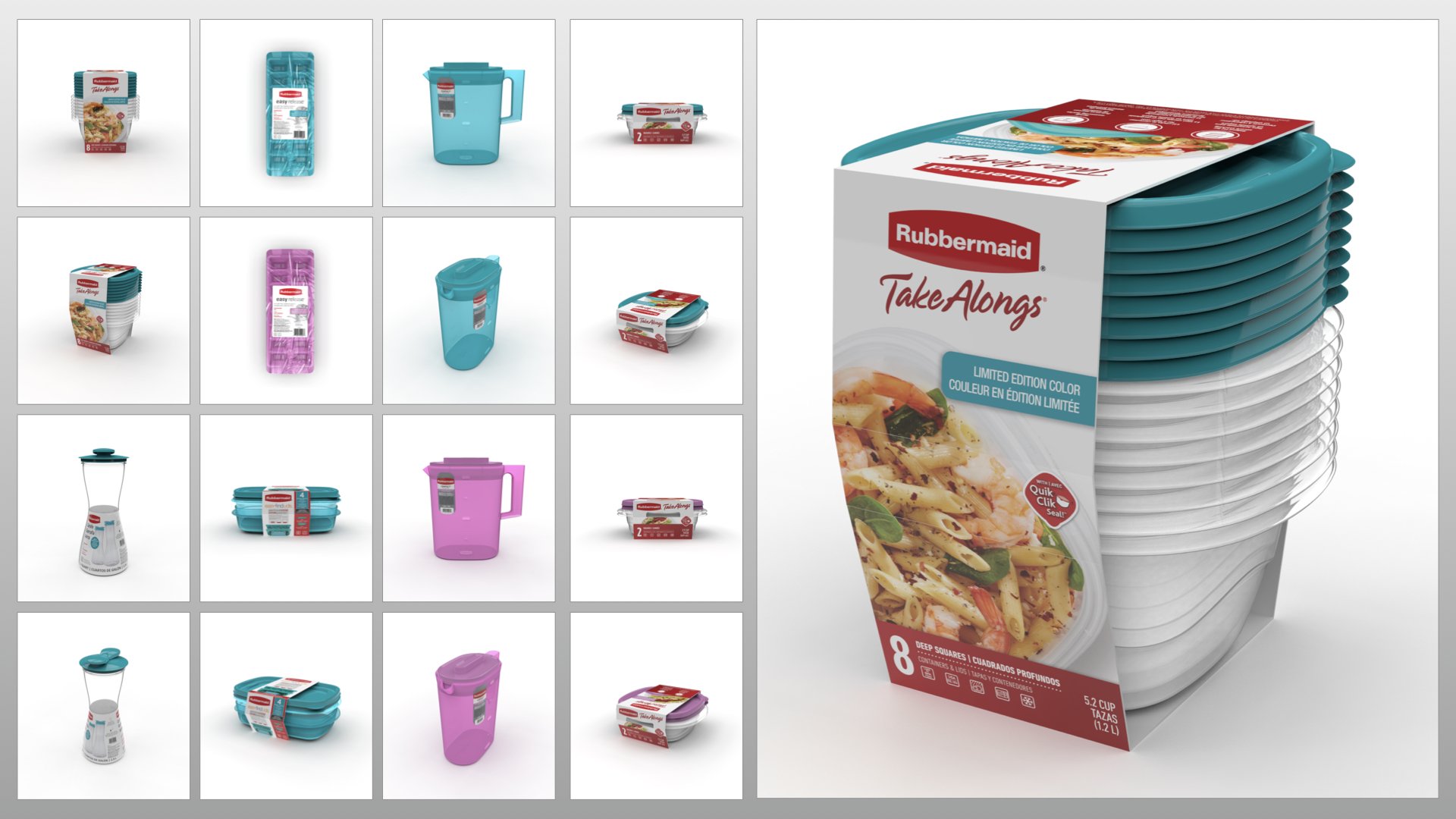
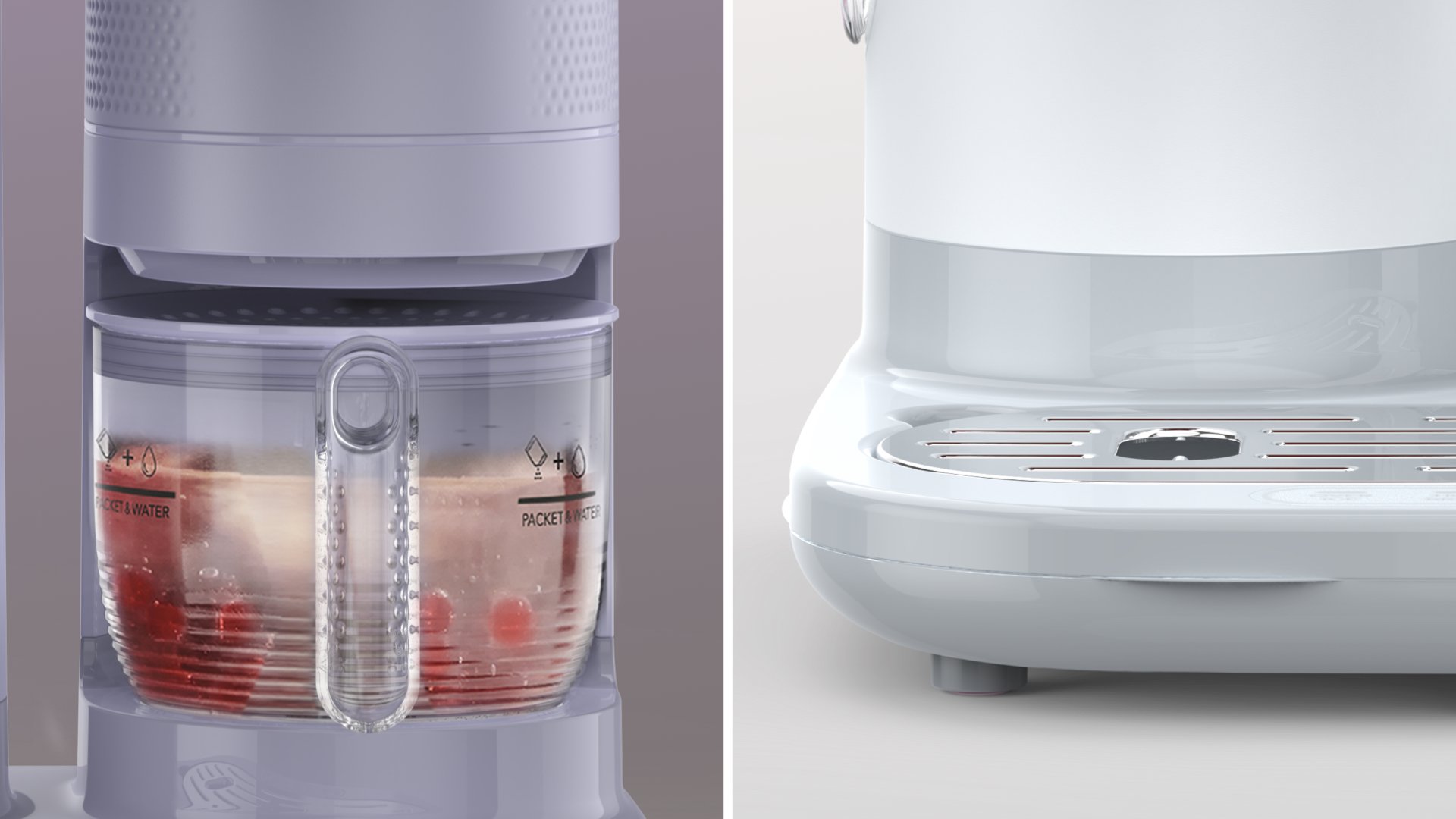
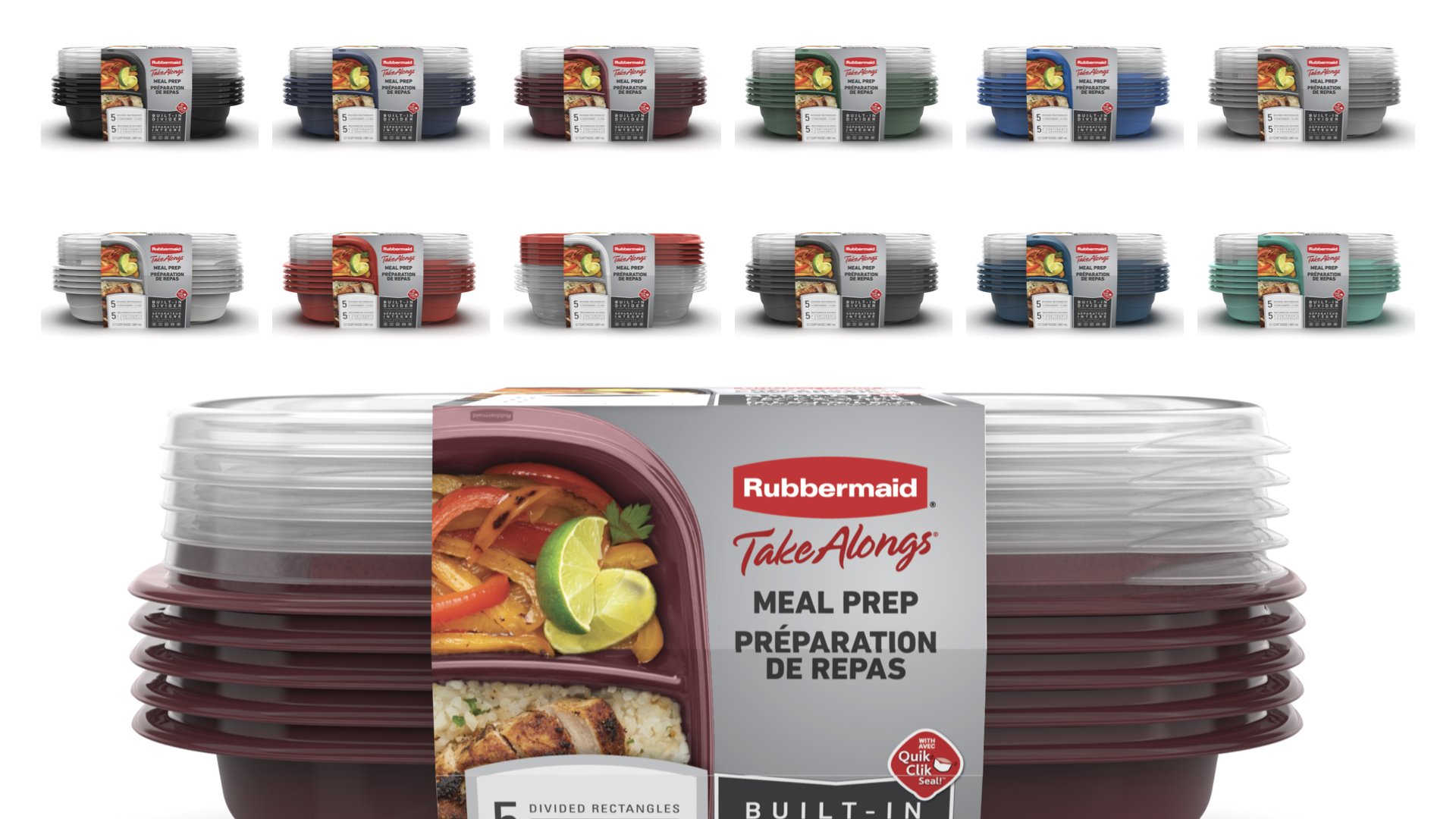
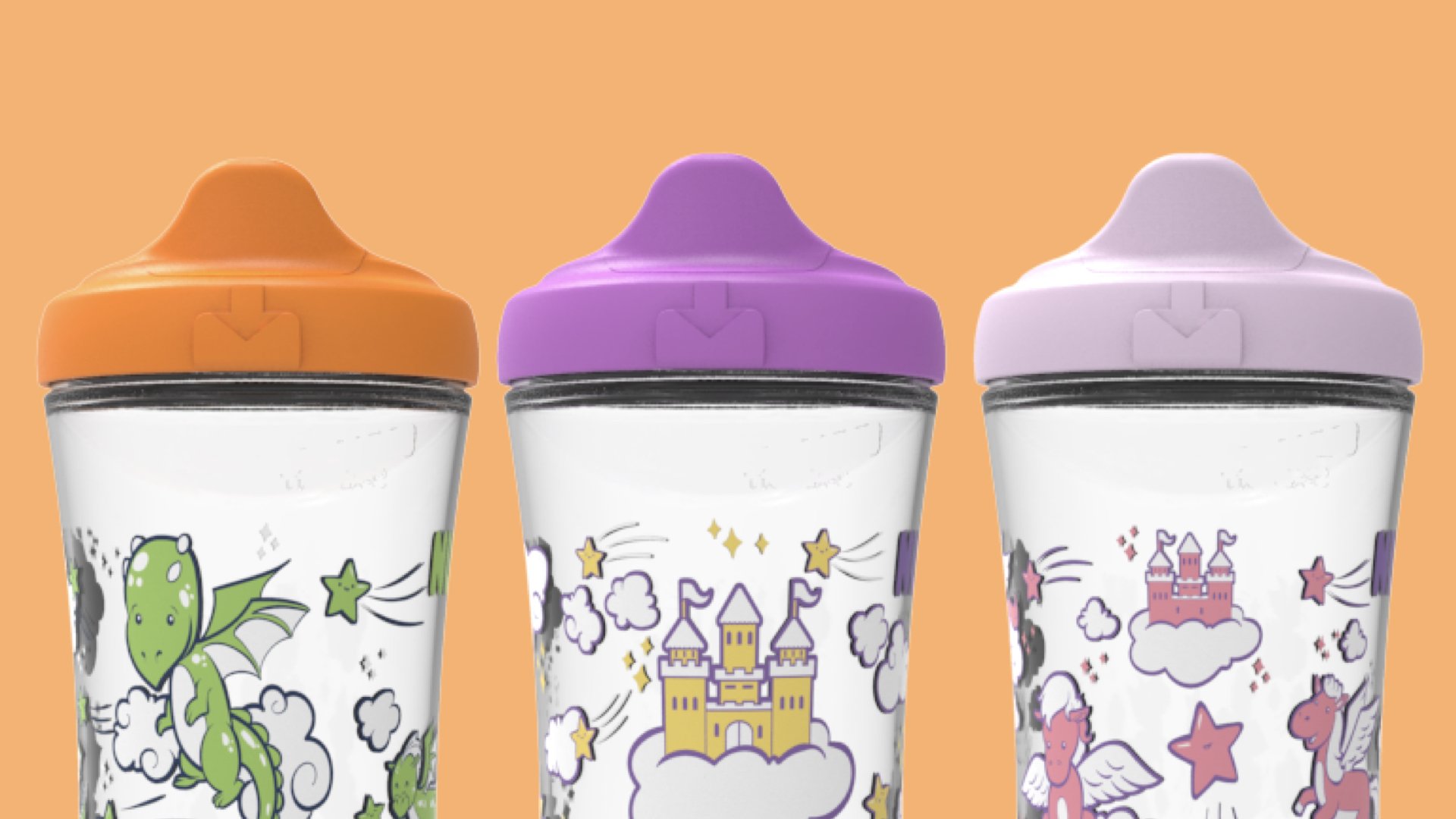
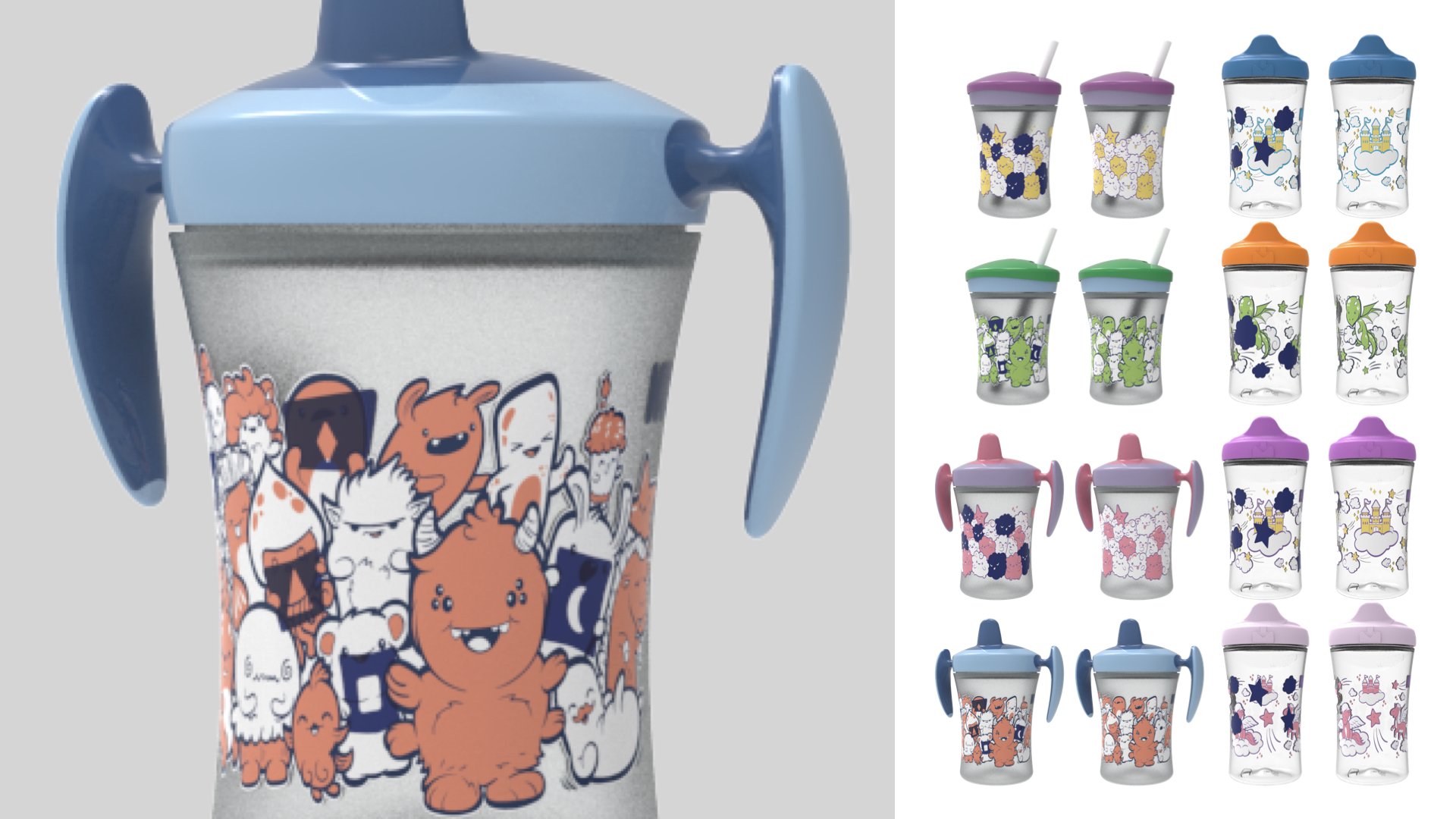
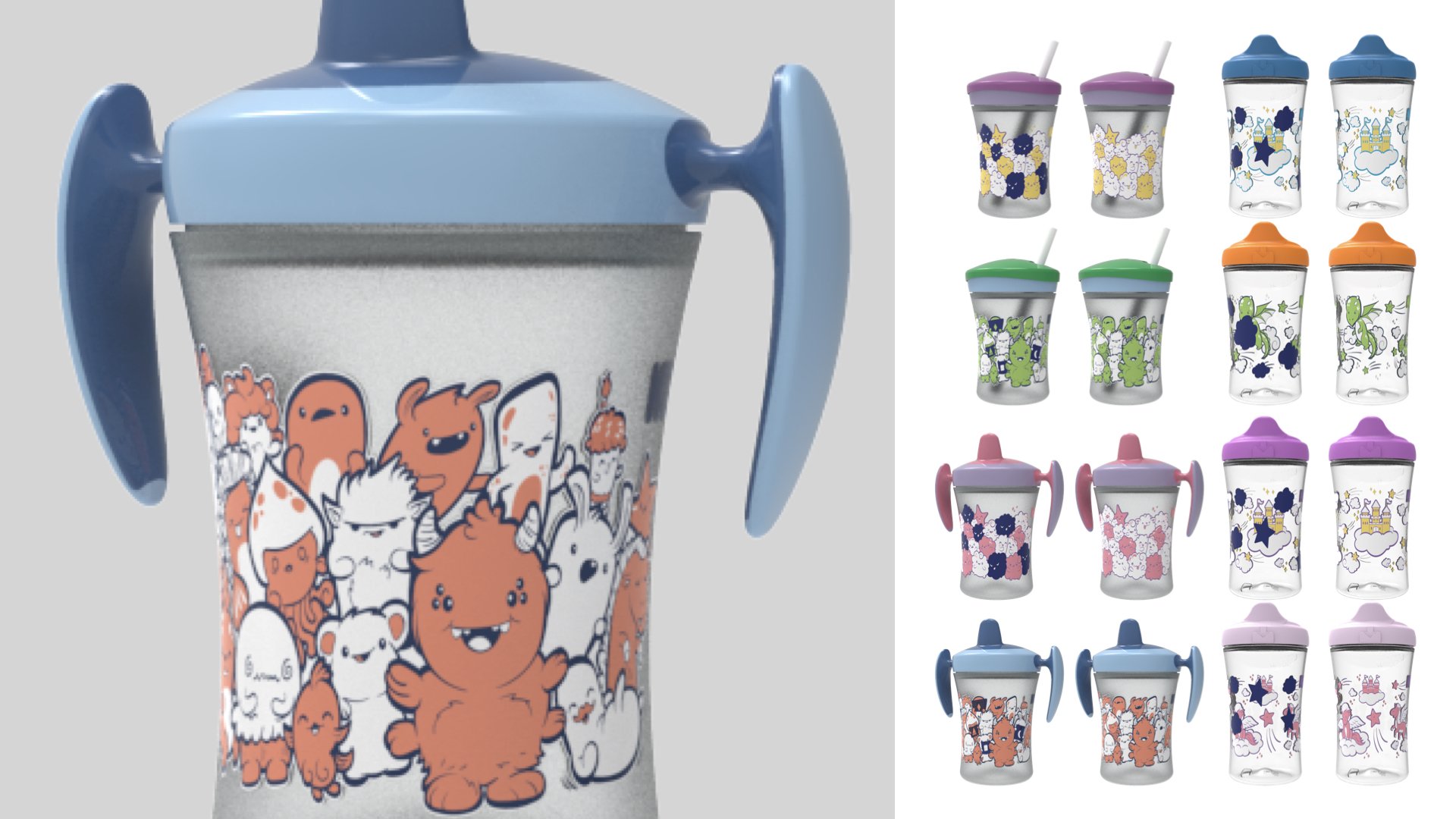
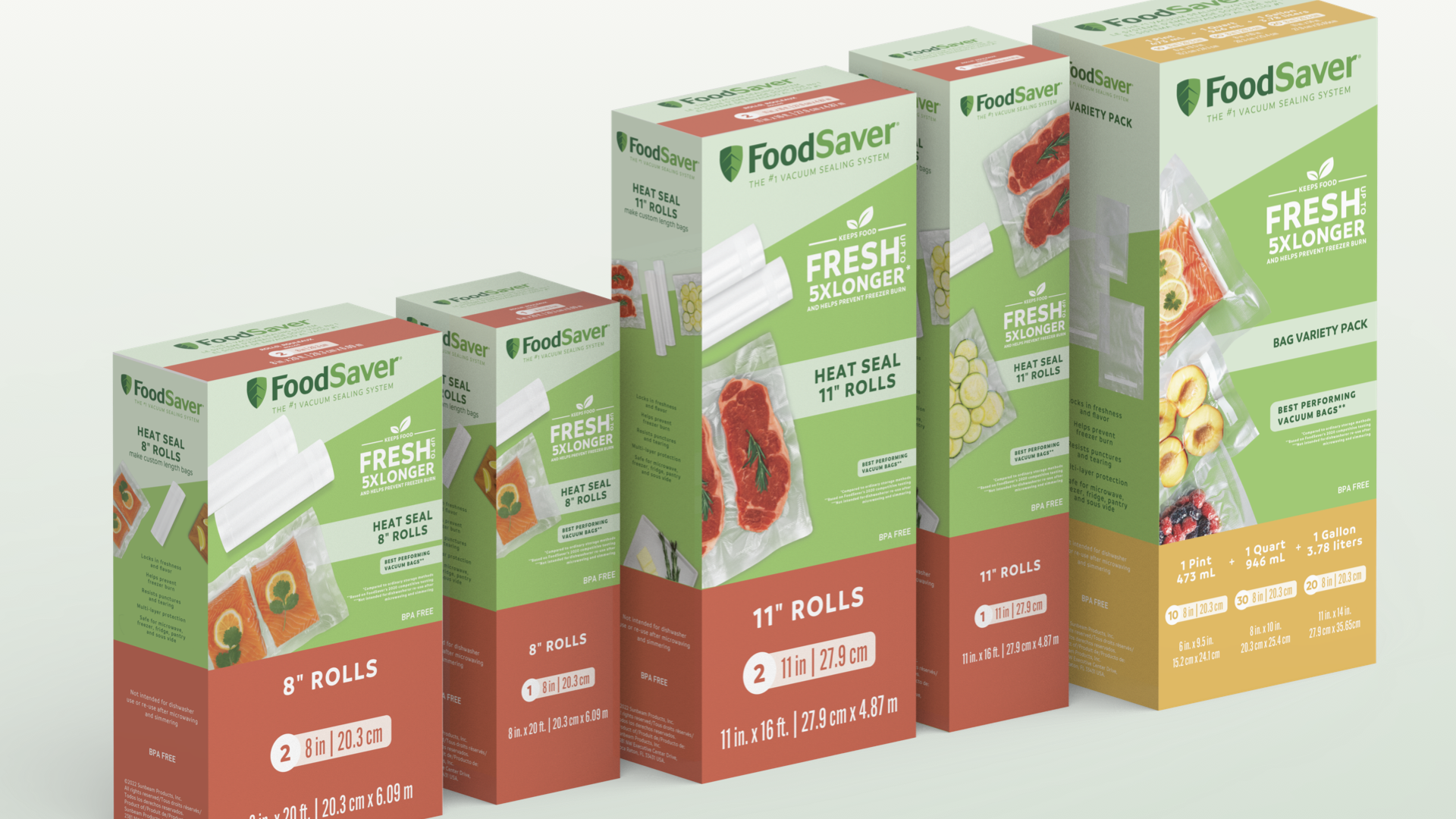


In 2014, I joined Newell Brands as a senior designer, transitioning from a previous in-house corporate design role at Bed Bath & Beyond. I found myself in a new environment as Newell had just opened its Design Center in Michigan, where a fresh team was being built from scratch. It was an exhilarating experience, akin to being part of a start-up, where we were defining new practices and operations. The energy and excitement were palpable among the newly hired employees.
During this time, we had only a handful of legacy employees who guided us on file management and shared their past experiences with project delivery. However, our design review process was primarily focused on flat graphics and artwork. Looking at a single flat die-line image with design and content applied wasn't engaging or compelling.
Fortunately, we pushed beyond the conventional and started incorporating three-dimensional views of our concepts. Although we were still in the early stages, most of our design staff used Adobe Photoshop to create these visuals by digitally superimposing flat graphics onto product photographs. However, a significant challenge arose—we didn't have photographs of the new innovations, and we were limited to working with existing photos that couldn't show other angles or sides. Hours were spent adjusting visuals for presentations, and I grew frustrated with the process.
Around a year or two later, a realization struck me. I was surrounded by other experts in the building, including industrial designers who used 3D modeling programs and rendering software to create incredible visuals of nonexistent items. Why couldn't I leverage the same programs, provided by our company, to generate renderings of our concepts? Motivated by this idea, I began networking more with my industrial design colleagues, seeking training and access to these programs. In my spare time, I practiced, experimented, watched online tutorials, and elevated my graphic design skills to a whole new level.
Fast forward to 2017, my Senior Vice President approached me at the Design Center and proposed that I teach perspective classes to our Graphic Design Staff of over 50 employees. He had noticed that our partners during reviews sometimes felt that something was off or not quite right, which stemmed from their subconscious recognition of poorly executed perspective in Photoshop-created packaging structures. This was a turning point for me.
I seized the opportunity to spearhead an initiative, introducing KeyShot rendering and 3D modeling as part of our development process for visualizing packaging design concepts. This transformation significantly enhanced the quality of the visuals we presented, eliminated the need for physical samples to photograph product silhouettes for packaging mock-ups, and resolved issues related to inaccurate perspective and mismatched shadows. Renderings became faster to produce, as we no longer had to undergo tedious photo retouching processes. Additionally, we experienced cost savings by reducing the need to photograph physical product samples for digital product detail pages and online use.
Since then, we have continued to expand our use of these technologies and applications, teaching our traditionally graphic design-trained staff to embrace them. We now create visuals beyond packaging, rendering storefronts, end caps, floor displays, and other consumer touchpoints to better illustrate the visual impact of our concepts.
Unsurprisingly, our marketing and sales partners consistently request more of these high-fidelity visuals, as they bring our concepts closer to life with their photorealistic quality.
Credits
Role: Visualizer | Rendering Specialist | Design Educator
